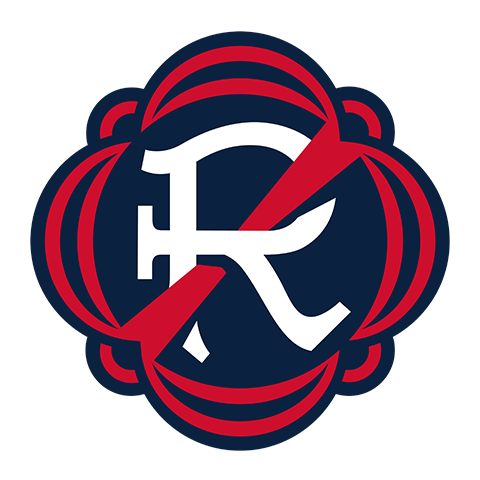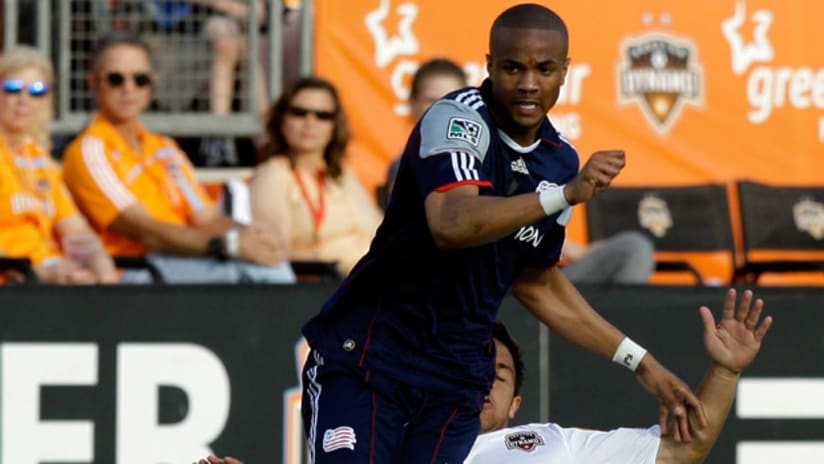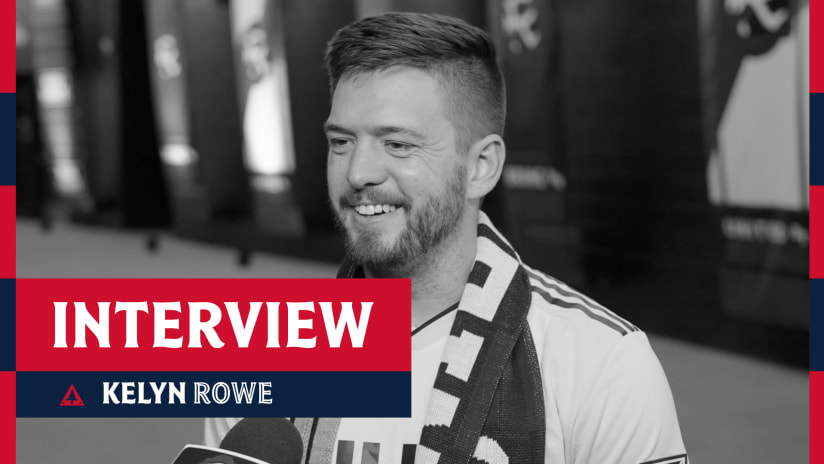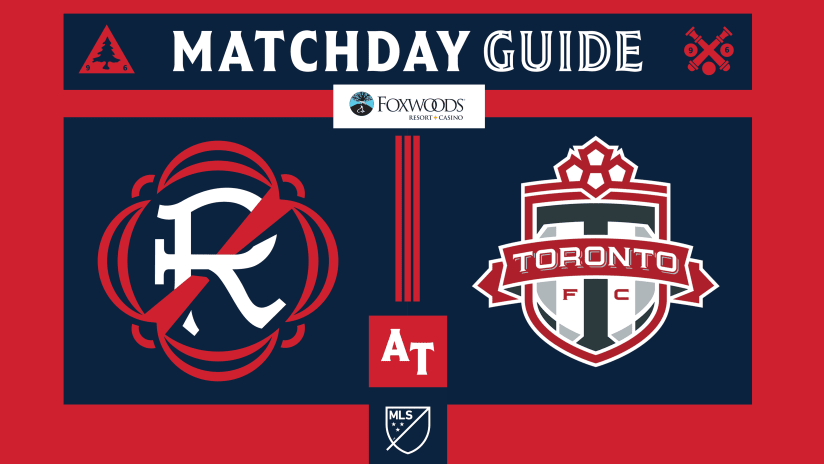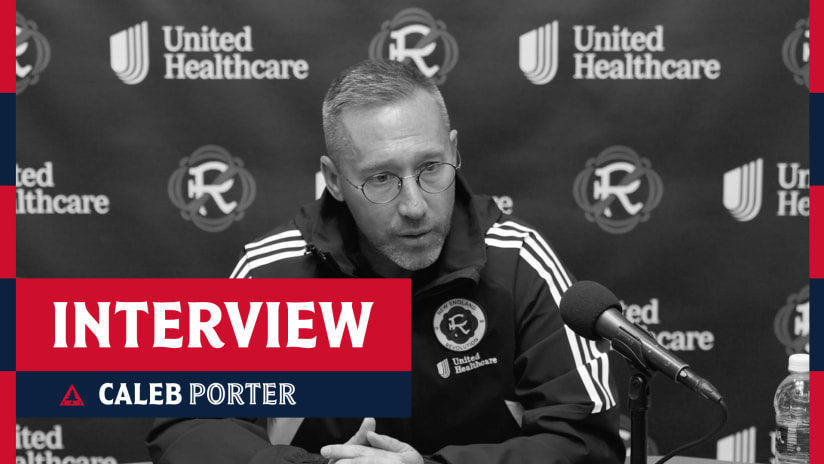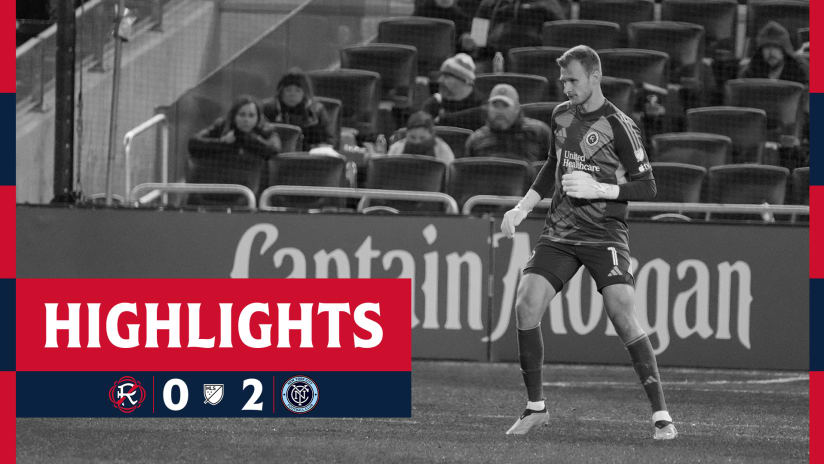The following story was published in the Revolution’s “Match Day” program for the September 10 game against FC Dallas
FOXBOROUGH, Mass. – If you watched just one minute of action during the New England Revolution’s 2009 season, you saw Darrius Barnes.
In his rookie year, Barnes exploded onto the Major League Soccer scene as an unheralded third-round draft pick out of Duke University, establishing himself as a first-choice center back in Steve Nicol’s side en route to becoming just the second rookie in league history to play every minute of every game in his first season. In doing so, Barnes matched the feat only previously accomplished by former Revolution defender Michael Parkhurst (2005).
“I was fortunate enough to get drafted here, where I was able to have an opportunity to play,” said Barnes as he reflected on the accomplishment almost two years later. “I had a great preseason and Coach rewarded me with the opportunity to play and I just kind of carried that through the duration of the season.
“As I gained more confidence and played more, my teammates gained confidence in me,” Barnes continued. “The coaching staff did, as well, and I was able to finish out the season. It’s definitely something I take pride in and I hold that (accomplishment) high. Being able to come in and play every minute of every game my rookie season is something I can always look back on and say I was able to do that.”
Only the convergence of a remarkable series of factors allowed Barnes to achieve iron man status his rookie season.
First, the unproven rookie had to earn a spot in the starting lineup and keep his place with steady performances throughout the season. But beyond simply being good enough to play, Barnes also had to land in a situation where a position in the starting lineup was up for grabs from the beginning, not to mention he had to avoid injury through an entire 30-game schedule in notoriously rough-and-tumble MLS.
“It’s definitely kind of mind boggling that I was able to stay healthy [through such] a long season,” Barnes admitted with a chuckle. “But when you’re young like that and you’re coming out of college, you’re fresh and you’re energized and you’re just excited to be out there playing. I think that kind of motivated me and tuned me in day-in and day-out, just being able to go out there and prove myself.”
After his eye-opening rookie campaign, Barnes was poised to establish himself even further in his sophomore season of 2010 as he aimed to build upon his first-year experience. But the fortune Barnes encountered throughout 2009 eluded him early in his second season, as he was sidelined by a right hip injury for the season opener.
It was the first action Barnes missed since signing with the Revolution more than a year earlier.
Although he returned for the second game of 2010 and once again laid claim to one of New England’s starting center back roles, a right foot injury took Barnes out of commission for six games in the middle of the schedule as the steady defender was limited to just 21 appearances.
“It was definitely tough for me, especially after my rookie season where I felt like I was so successful,” said Barnes. “It kind of put me down a little bit when I got injured so early in the preseason. I wasn’t able to start the season off with the guys, so that was a little bit of a spoiler.
“But then to get back and then suffer another semi-major injury that put me out a good six or seven weeks last year was just tough,” he added.
Despite his struggles, the 24-year-old Barnes reflects on the experience now with the wisdom of a seasoned veteran.
“It definitely helped me out mentally,” he said. “When you have injuries like that, it kind of grounds you a little bit and you get put back down to earth knowing that you’re not guaranteed everything. Then again, I was able to come back and play some games last year and I feel like it helped me out for better and worse. It kind of just leveled me a little bit in my thinking and how I approach the game, and [taught me] not to take things for granted.”
The philosophical lessons Barnes learned last season have been critical in 2011 as the third-year defender has taken on an entirely different role.
After playing exclusively as a central defender in his first two seasons, Barnes has become the Revolution’s most versatile asset on the backline in 2011, playing every position imaginable. When a hamstring injury forced close friend Kevin Alston to the sidelines, Barnes stepped in to start the season opener against the LA Galaxy at right back and impressed sufficiently enough to earn 10 more starts at left back as injuries and suspensions warranted. As of early September, Barnes had also started three games at his natural center back position.
The newfound role as Mr. Versatility has been an adjustment for Barnes, but one which he’s welcomed with open arms.
“It’s definitely been different for me – different from anything I’ve experienced in my career as a soccer player thus far,” he admitted. “But I feel like it’s helped me [with] the way I approach the game and seeing the game from different perspectives … It’s helped me become a more well-rounded player and hopefully it’ll help me when I’m back in my more natural position to see the game from where my teammates do; see how they’re looking at the game.”
While Barnes lauds the way his utility role has helped hone his overall game, Nicol praises the job Barnes has done filling in no matter where he’s been asked to play along the backline.
“It’s huge when you have injuries, suspensions – you know they’re coming, you just don’t know when – to be able to have a player like Darrius that you’re comfortable playing in the middle or playing wide and you’re getting a good, consistent performance all the time,” said Nicol.
Although Barnes has made the transition from every-day center back to utility man look simple, the process has been anything but straightforward. The differences between playing as a central defender and as an outside back might seem minor to the casual observer, but from the player’s perspective, they’re two entirely different positions.
Barnes says his game preparation isn’t necessarily dependent on which position he’s playing – “It’s the same as far as getting up for the game and making sure you’re tuned in and ready to go,” he said – but the approaches employed while playing center back versus outside back are vastly different.
“Being in the middle you see the entire game,” Barnes said. “You can see both sides of the field really well and everything’s a lot more even. When you’re playing on the left side, you’re kind of more closed off. A lot of times your options are limited as far as the balls you can play and where the openings are. You have to get forward and get into the attack more, too, which is not what I’m used to.
“When you’re playing outside back, a lot of the time when you’re defending, you’re left on an island; it’s one-v-one,” he continued. “So you have to make sure you’re in good positions to help out the center backs and also be in position to help out the outside midfielders.”
During the times Barnes is asked to play on the outside, he’s able to draw upon three years of experience playing right back during his college career. Although recruited by Duke as a central defender, Barnes spent his freshman, sophomore and junior years playing on the right side of defense before a coaching change prompted a move back to the middle for his senior season.
But what that college experience couldn’t prepare Barnes for was the challenge of switching back and forth between center back and outside back on a week-by-week basis. While Barnes concedes there are certain obstacles in the constant shuffling, he claims the adrenaline rush and desire to perform to his highest ability help overcome any such factors when he takes the field.
“There are definitely challenges, but when it comes down to it, it’s a competition,” he said. “It’s a game, so you just have to go out there and do the best you can and try to switch on as quickly as you can.”
Switching it on quickly is something Barnes has become accustomed to in 2011, making five substitute appearances, a rare statistic for a defender. After making just one appearance off the bench in his first two seasons, the role of defensive substitute – often in situations requiring a tactical switch or an injury replacement – has been one of the more demanding tasks Barnes has tackled.
“That’s definitely one of the most challenging things as a defender is to come in off the bench cold, because it’s hard to get into the flow of the game as a defender,” Barnes said. “The forwards and attackers on the other team are already kind of into the game and making those runs, and you have to come in and try to get acclimated right away.”
Despite the inherent obstacles in playing a variety of positions, Barnes has embraced his unexpected role as one of the Revolution’s most versatile players. Whether it’s playing center back, outside back or coming off the bench, Barnes is happy to contribute in whichever capacity the team requires.
“My coaches can depend on me and my teammates can depend on me,” he said when asked about the benefits of his versatility. “I’m there when they need me to be. I can be counted on to go in there if someone goes down anywhere across the backline. Hopefully that’ll count for something now and also in the long run.”
